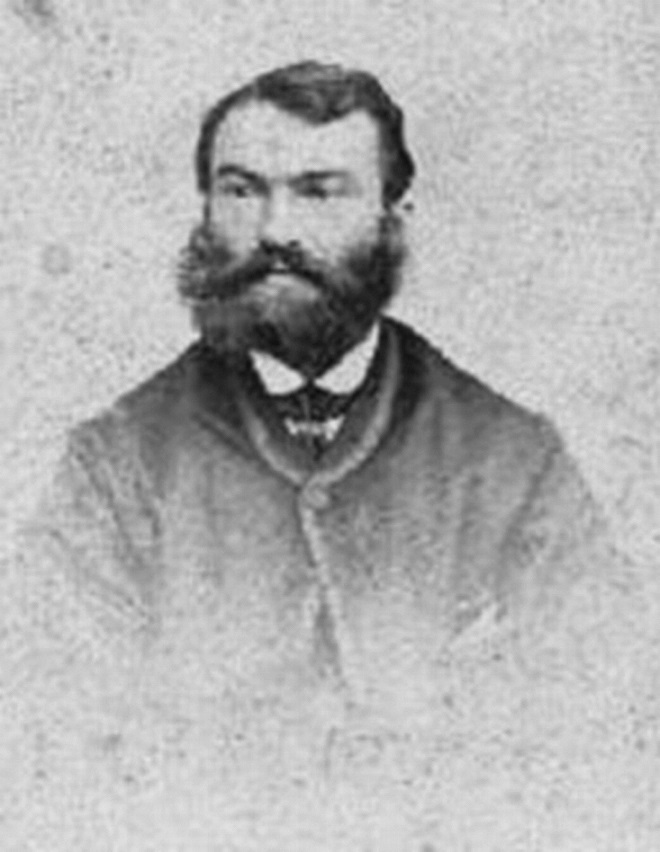James Parkinson is the man best known for first describing the symptoms of what we know today as Parkinson’s Disease. He was also an accomplished geologist and political thinker, who was well rounded in most conversation of the day. He was an advocate of the under-served population, and wrote nearly twenty political pamphlets over the course of his life.
At the start of the 1800s, Parkinson moved away from arguing politics in favor of pursuing medicine. During his first five years practicing in earnest, he wrote a paper on gout that was published in 1805. He was also one of the first to describe the process of a ruptured appendix. He was able to show the first instance of appendicitis, and prove that perforation of the appendix definitively caused death.
Parkinson noted six individuals in his career who experienced both resting tremors and tremors with motion. He referred to it as “Shaking Palsy” but it would come to bear his own name 60 years after his initial discovery, a name coined by Jean-Martin Charcot. Although Parkinson correctly identified the disease, he failed to explain its cause. He believed, incorrectly, that the source was a lesion in the spinal cord.
Interestingly, Parkinson died before the invention of photography but there is a photo that is often circulated of him. The photo is actually a dentist of the same name. He is memorialized in a blue plaque at 1 Hoxton Square, and World Parkinson’s Day is held each year on his birthday, April 11th.
About the Author: Samuel Phineas Upham is an investor at a family office/ hedgefund, where he focuses on special situation illiquid investing. Before this position, Phin Upham was working at Morgan Stanley in the Media and Telecom group. You may contact Phin on his Samuel Phineas Upham website or LinkedIn.

